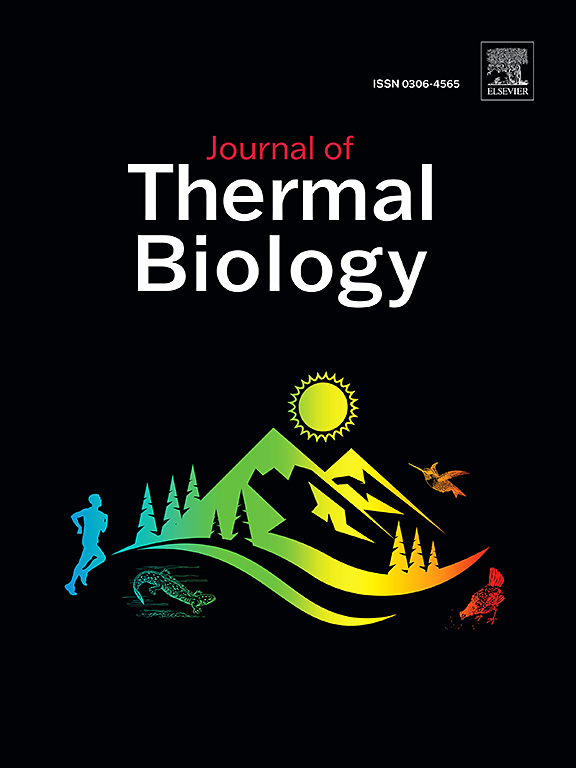Bayesian neural networks for probabilistic modeling of thermal dynamics in multiscale tissue engineering scaffolds
IF 2.9
2区 生物学
Q2 BIOLOGY
引用次数: 0
Abstract
Multiscale tissue engineering integrated with thermal dynamics exhibits a critical role as scaffolds in maintaining the structural integrity and functionality in fabrication applications. Thermal dynamics influence the properties such as thermal conductivity, the capacity of heat, and thermal expansion of materials to maintain the scaffold stability in various physiological conditions. However, the scaffold's heat distribution in a uniform manner is varied due to variations in pore size and geometrics. Additionally, variation in scales affects the thermal gradient impacts on the cell growth and integrity.
This paper proposes the 3D Scaffolds Probabilistic Weighted Bayesian Neural Network (3D-SP-WBNN) for tissue engineering with a multiscale scaffold model. It uses the 3D scaffolds for the multiscale design estimation. The weighted Probabilistic Bayesian Neural Network model is employed for estimating features in tissues and evaluating the cell growth and proliferation.
Thermal gradients measured were in between 1 °C and 4 °C for human bone, skin, and cartilage tissues. For low and moderate temperatures of 1 °C and 2 °C, the cell proliferation rates in cartilage tissues were 15–20 % per day. The scaffold design uses the Hybrid Hydrogel/PCL composite to achieve a higher proliferation rate of 25–35 % per day. The estimated forecasting achieves an accuracy range of 82–96 % for different cell densities and thermal conditions.
基于贝叶斯神经网络的多尺度组织工程支架热动力学概率建模
与热动力学相结合的多尺度组织工程在维持结构完整性和制造应用中的功能方面发挥了关键作用。热动力学影响材料的导热性、热容量和热膨胀等性能,以维持支架在各种生理条件下的稳定性。然而,由于孔隙大小和几何形状的变化,支架的均匀热分布会发生变化。此外,尺度的变化影响热梯度对细胞生长和完整性的影响。本文提出了用于组织工程多尺度支架模型的三维支架概率加权贝叶斯神经网络(3D- sp - wbnn)。采用三维支架进行多尺度设计估算。采用加权概率贝叶斯神经网络模型对组织特征进行估计,对细胞的生长和增殖进行评估。人体骨骼、皮肤和软骨组织的热梯度测量在1°C到4°C之间。在1°C和2°C的低温和中温条件下,软骨组织的细胞增殖率为每天15 - 20%。支架设计使用混合水凝胶/PCL复合材料,可实现每天25 - 35%的更高增殖率。在不同的电池密度和热条件下,估计的预测精度在82 - 96%之间。
本文章由计算机程序翻译,如有差异,请以英文原文为准。
求助全文
约1分钟内获得全文
求助全文
来源期刊

Journal of thermal biology
生物-动物学
CiteScore
5.30
自引率
7.40%
发文量
196
审稿时长
14.5 weeks
期刊介绍:
The Journal of Thermal Biology publishes articles that advance our knowledge on the ways and mechanisms through which temperature affects man and animals. This includes studies of their responses to these effects and on the ecological consequences. Directly relevant to this theme are:
• The mechanisms of thermal limitation, heat and cold injury, and the resistance of organisms to extremes of temperature
• The mechanisms involved in acclimation, acclimatization and evolutionary adaptation to temperature
• Mechanisms underlying the patterns of hibernation, torpor, dormancy, aestivation and diapause
• Effects of temperature on reproduction and development, growth, ageing and life-span
• Studies on modelling heat transfer between organisms and their environment
• The contributions of temperature to effects of climate change on animal species and man
• Studies of conservation biology and physiology related to temperature
• Behavioural and physiological regulation of body temperature including its pathophysiology and fever
• Medical applications of hypo- and hyperthermia
Article types:
• Original articles
• Review articles
 求助内容:
求助内容: 应助结果提醒方式:
应助结果提醒方式:


